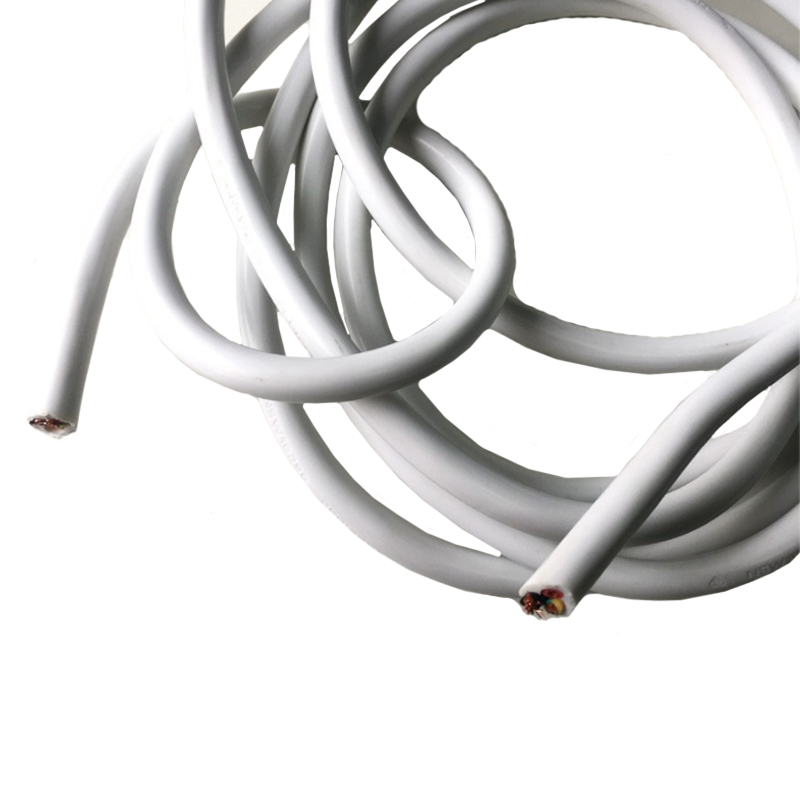The safety performance of outdoor extension leads (Outdoor Extension Lead With Plug) is the key to ensuring the safety of outdoor electricity use. When selecting and using outdoor extension leads, the following key safety factors must be considered:
Electrical performance:
Rated voltage and current: Make sure that the rated voltage and current of the extension lead meet the electrical requirements of the connected equipment to avoid overload and cause fire or equipment damage.
Resistance and insulation: The extension lead should have good insulation resistance to ensure that the current will not leak when it is transmitted in the wire, reducing the risk of electric shock.
Weather resistance:
Waterproof: The outdoor environment is often accompanied by rain or humid environment. The extension lead must have excellent waterproof performance to prevent moisture intrusion from causing short circuits or electric shocks.
Temperature resistance: In extreme temperatures (-50℃ to high temperatures), the extension lead should be able to maintain stable operation to avoid performance degradation or safety hazards caused by temperature fluctuations.
UV resistance: Extension leads exposed to sunlight for a long time should be able to resist the erosion of ultraviolet rays and maintain the stability and durability of the material.
Material quality:
Conductor material: Use high-quality conductor materials (such as oxygen-free refined copper) to ensure the efficiency and safety of current transmission.
Outer sheath material: Choose weather-resistant, wear-resistant, flame-retardant materials such as PVC or TPR to improve the durability and safety of the extension cord.
Safety certification:
Ensure that the extension cord products meet relevant national and international standards, such as 3C and IEC certification, to ensure that their electrical performance and safety performance are professionally certified and inspected.
Safety design:
Taking into account the particularity of outdoor use, the extension cord plugs and sockets should be designed with waterproof covers or dustproof covers to prevent water or dust from entering and causing electrical failures.
The plugs and sockets should have good contact performance to ensure the stability and safety of current transmission.
Installation and use:
When installing and using extension cords, relevant electrical safety specifications and operating guidelines should be followed to avoid safety hazards caused by incorrect installation or improper use.
Regularly check the appearance and performance of the extension cord. If it is found to be damaged, aged or degraded, it should be replaced in time.
The safety performance of outdoor extension cords involves multiple aspects such as electrical performance, weather resistance, material quality, safety certification, safe design, and installation and use. When selecting and using outdoor extension cords, these factors should be considered comprehensively to ensure the safety and stability of outdoor electricity use.
 Abroad:[email protected]
Domestic:[email protected]
Abroad:[email protected]
Domestic:[email protected]
 Abroad: +86-18157471290
Domestic: +86-18157471293
Abroad: +86-18157471290
Domestic: +86-18157471293
- Home
- Products
- Industrial connectors
- Waterproof housings
- Power distribution box sets
- ABS electrical accessories
- Cables
- Moulds
- Power Distribution Board/Box
- Extension Lead with Plug
- AS/NZS Waterproof Electrical Products
- C Series IEC/CEE Waterproof Electrical Products
- B Series IEC/CEE Waterproof Electrical Products
- Waterproof Window Cover
- Waterproof Plastic/Metal/Aluminum Box
- House Use Electrical Items
- About Us
- FAQ
- News
- Contact Us

